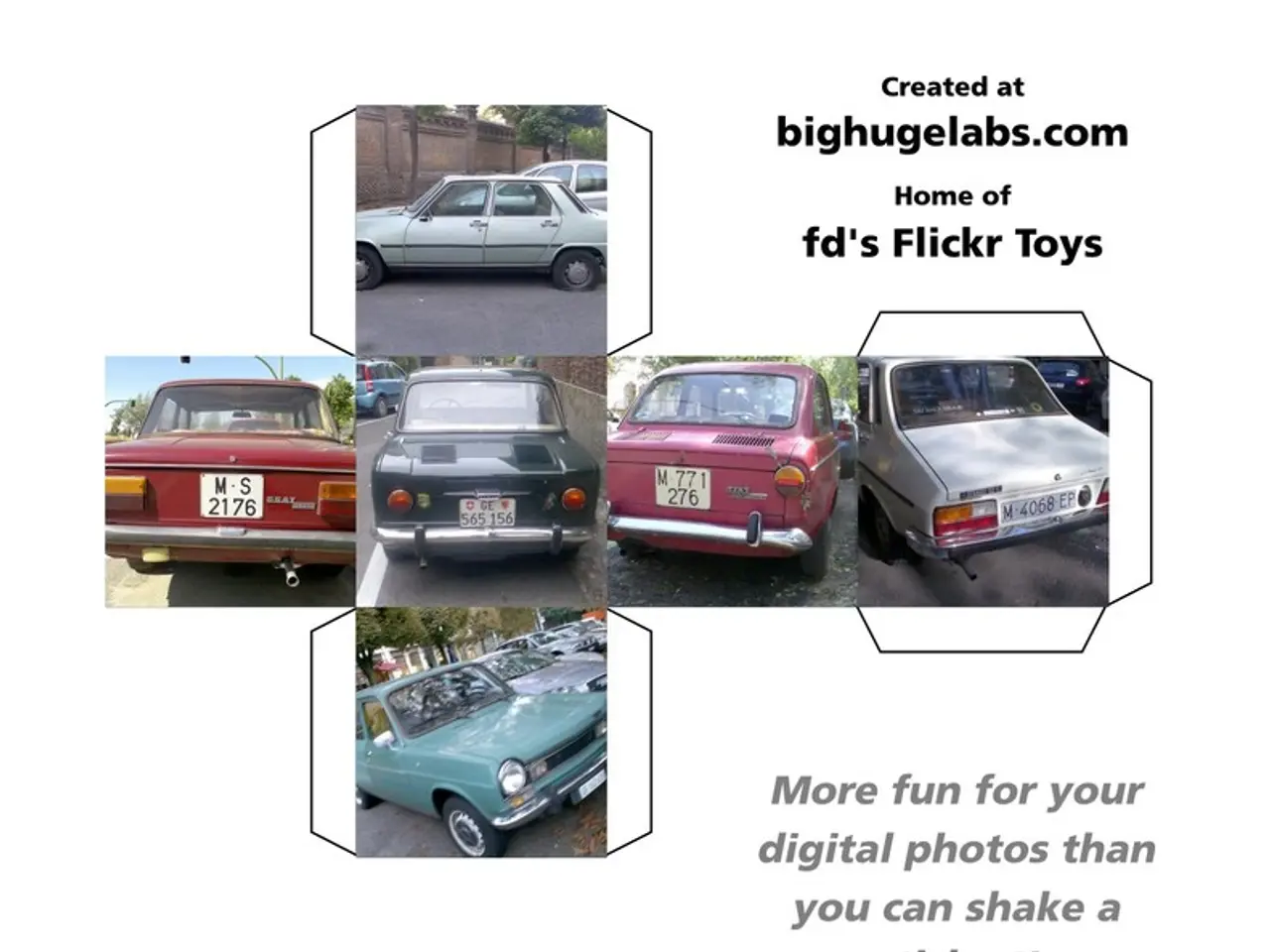Boosting Safety and Productivity: Technology for Motorists and Walkers
In an effort to create safer, more efficient, and environmentally friendly transportation systems, Sydney has been implementing various innovative technologies. This article explores how the city is leveraging data analytics, Intelligent Transportation Systems (ITS), and vehicle-to-infrastructure (V2I) communication to optimize traffic flow, reduce congestion, and enhance safety for both drivers and pedestrians.
The Role of Data Analytics and ITS
Data analytics plays a crucial role in optimizing transportation systems by providing valuable insights into traffic patterns, congestion hotspots, and safety trends. ITS, in turn, offers real-time traffic updates, alternative route suggestions, and predictive maintenance alerts for drivers, enabling smoother and more efficient travel experiences. With features such as pedestrian detection systems, dynamic crosswalk signals, and smartphone apps, ITS also caters to the needs of pedestrians.
Moreover, ITS provides a platform for V2I communication, allowing vehicles to exchange information with infrastructure elements to improve safety and traffic flow. V2I communication can facilitate more efficient traffic flow by coordinating vehicle movements and reducing congestion at intersections. It also enables vehicles to provide real-time alerts about upcoming traffic signal changes, allowing drivers to adjust their speed accordingly and reduce the risk of accidents.
Pedestrian-Friendly Infrastructure
Pedestrian-friendly infrastructure is another key component of Sydney's smart urban mobility initiatives. This includes sidewalks, crosswalks, pedestrian bridges, curb ramps, tactile paving, audible signals, and other elements designed to prioritize the needs of pedestrians. By encouraging walking as a viable mode of transportation, these measures help reduce congestion and pollution while promoting a healthier lifestyle.
Smart Traffic Management Systems
Smart traffic management systems in urban environments use advanced sensors, cameras, and algorithms to monitor traffic flow, detect congestion, and optimize signal timing. For example, Sydney's SCATS system allows real-time monitoring and adjustment of traffic signals to reduce congestion, waiting times, and stops, which lessens fuel consumption, vehicle emissions, and driver frustration. Automated Number Plate Recognition (ANPR) further supports dynamic traffic flow management by detecting congestion and incidents promptly, enabling quicker responses to mitigate delays.
A Balance Between Efficiency, Safety, and Sustainability
By implementing smart traffic management systems, pedestrian-friendly infrastructure, intelligent transportation systems, and vehicle-to-infrastructure communication technologies, cities can create safer and more accessible streets for both drivers and pedestrians. These initiatives also help reduce collisions and conflicts between vehicles and pedestrians, enhance compliance and enforcement with automation, lower environmental impacts, and support equitable access and mobility for all user groups.
Prioritizing sustainability and environmental stewardship in transportation systems is essential for reducing the environmental impact of travel. Individuals looking to reduce their carbon footprint can explore options for instant cash for old cars Sydney, incentivizing the transition to more environmentally friendly modes of transportation.
Sydney's deployment of these systems exemplifies global trends towards smart urban mobility that balances driver convenience with pedestrian safety and environmental sustainability. By embracing these technologies, Sydney is paving the way for a more sustainable and equitable future in transportation.
- Technology plays a significant role in Sydney's transportation transformation, as data analytics, Intelligent Transportation Systems (ITS), and vehicle-to-infrastructure (V2I) communication aid in optimizing traffic flow, reducing congestion, and enhancing safety for both drivers and pedestrians.
- In a bid to encourage walking as a viable and sustainable mode of transportation, Sydney invests in pedestrian-friendly infrastructure, offering solutions like sidewalks, crosswalks, and smartphone apps designed to prioritize pedestrian needs, while also promoting a healthier lifestyle and reducing congestion and pollution.




